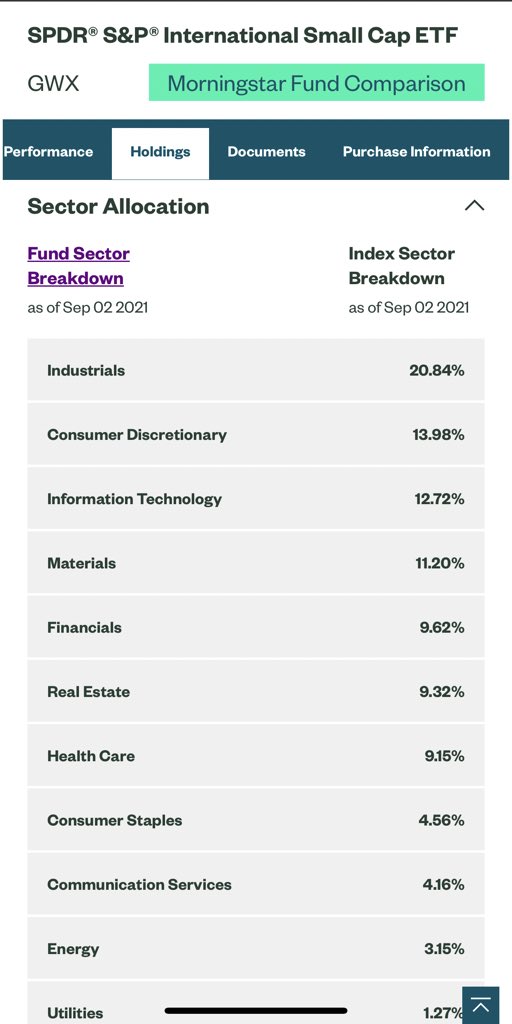
Operating leverage is a cost-accounting formula that measures the degree to which a firm or project can increase operating income by increasing revenue. A business that generates sales with a high gross margin and low variable costs has high operating leverage.
Low-operating-leverage companies may have high costs that vary directly with their sales but have lower fixed costs to cover each month.
The higher the degree of operating leverage, the greater the potential danger from forecasting risk, in which a relatively small error in forecasting sales can be magnified into large errors in cash flow projections.
It is important to compare operating leverage between companies in the same industry, as some industries have higher fixed costs than others
Most of a company’s costs are fixed costs that recur each month, such as rent, regardless of sales volume. As long as a business earns a substantial profit on each sale and sustains adequate sales volume, fixed costs are covered and profits are earned.
Other company costs are variable costs that are only incurred when sales occur. This includes labor to assemble products and the cost of raw materials used to make products.
Some companies earn less profit on each sale but can have a lower sales volume and still generate enough to cover fixed costs.
For example, a software business has greater fixed costs in developers’ salaries and lower variable costs in software sales. As such, the business has high operating leverage
In contrast, a computer consulting firm charges its clients hourly and doesn't need expensive office space because its consultants work in clients' offices. This results in variable consultant wages and low fixed operating costs. The business thus has low operating leverage
The degree of operating leverage (DOL) is a multiple that measures how much the operating income of a company will change in response to a change in sales.
Retailers and labor-intensive industries such as restaurants and accounting companies have low operating leverage, while tech companies, utilities, and airlines have high operating leverage.
• • •
Missing some Tweet in this thread? You can try to
force a refresh










